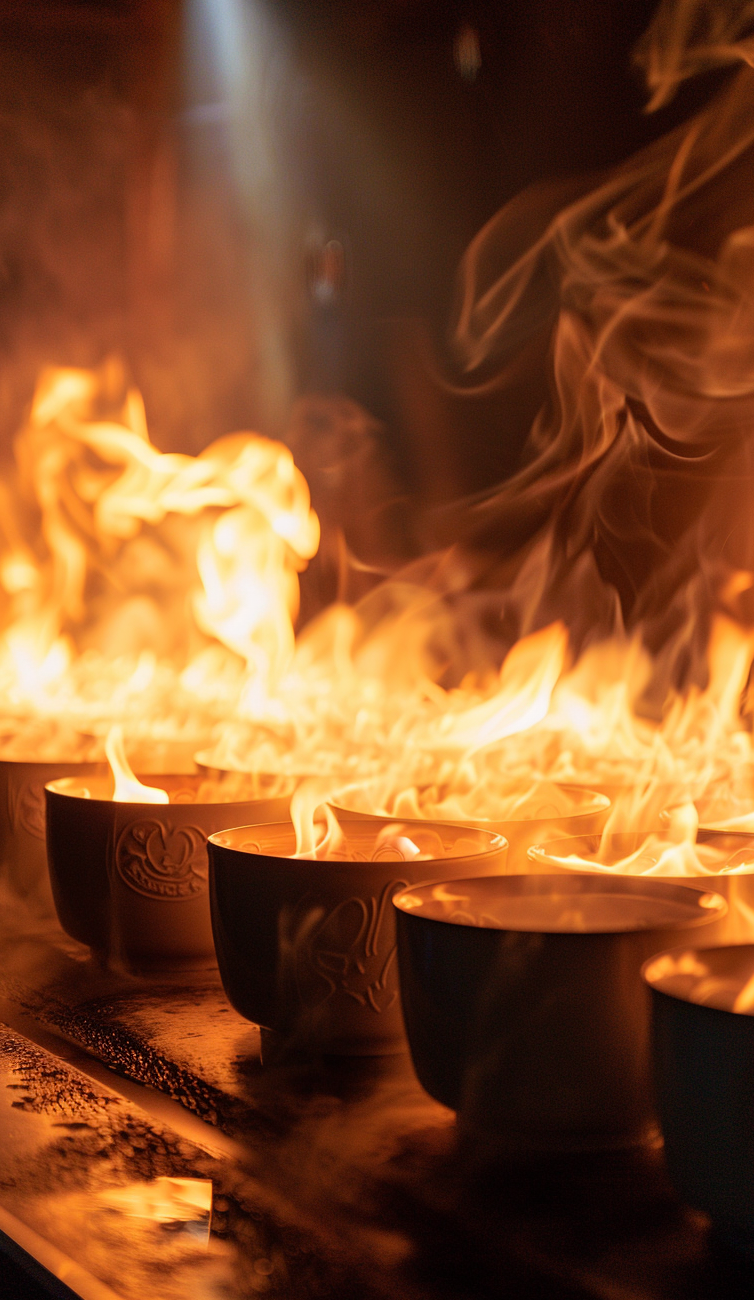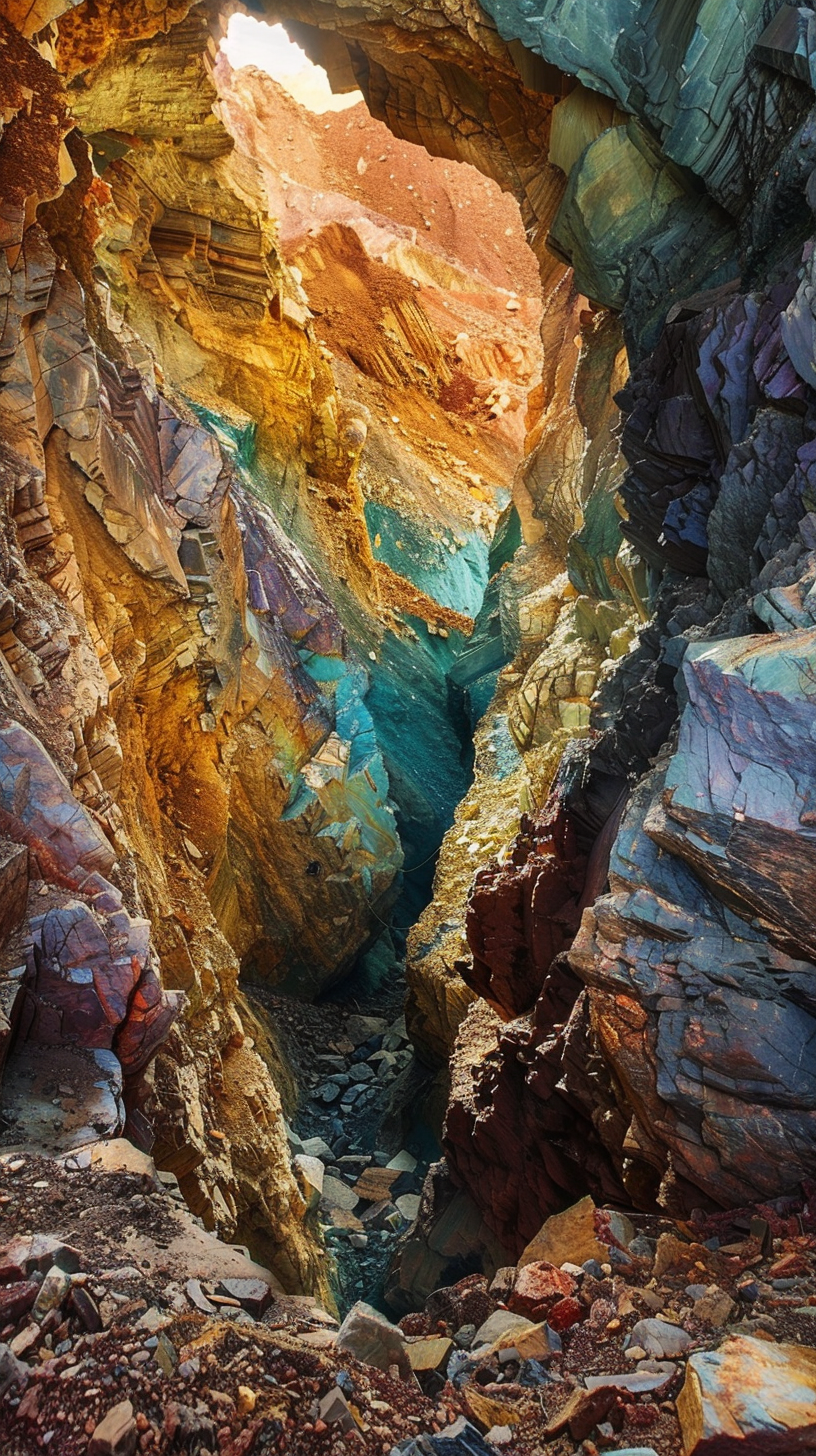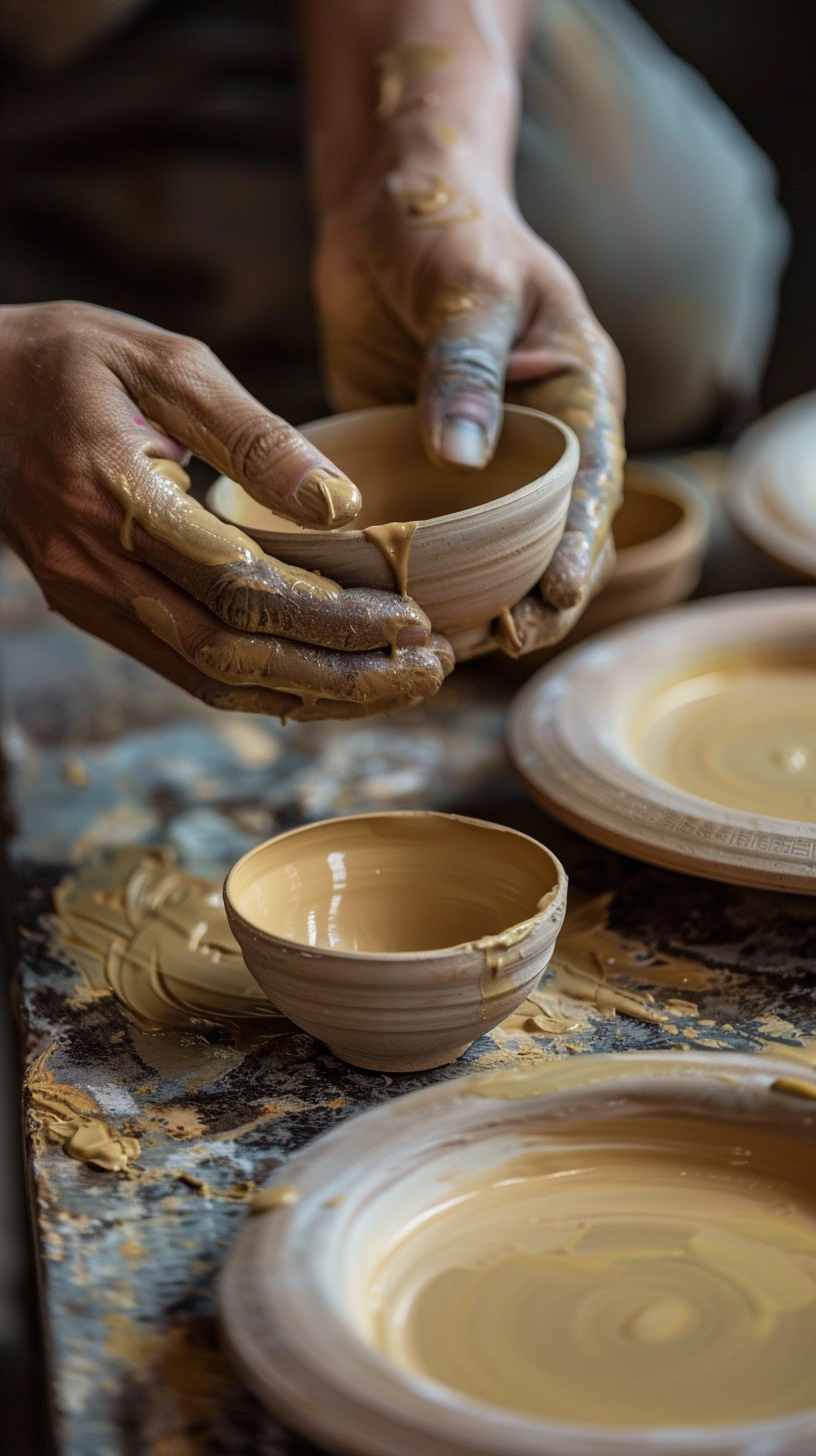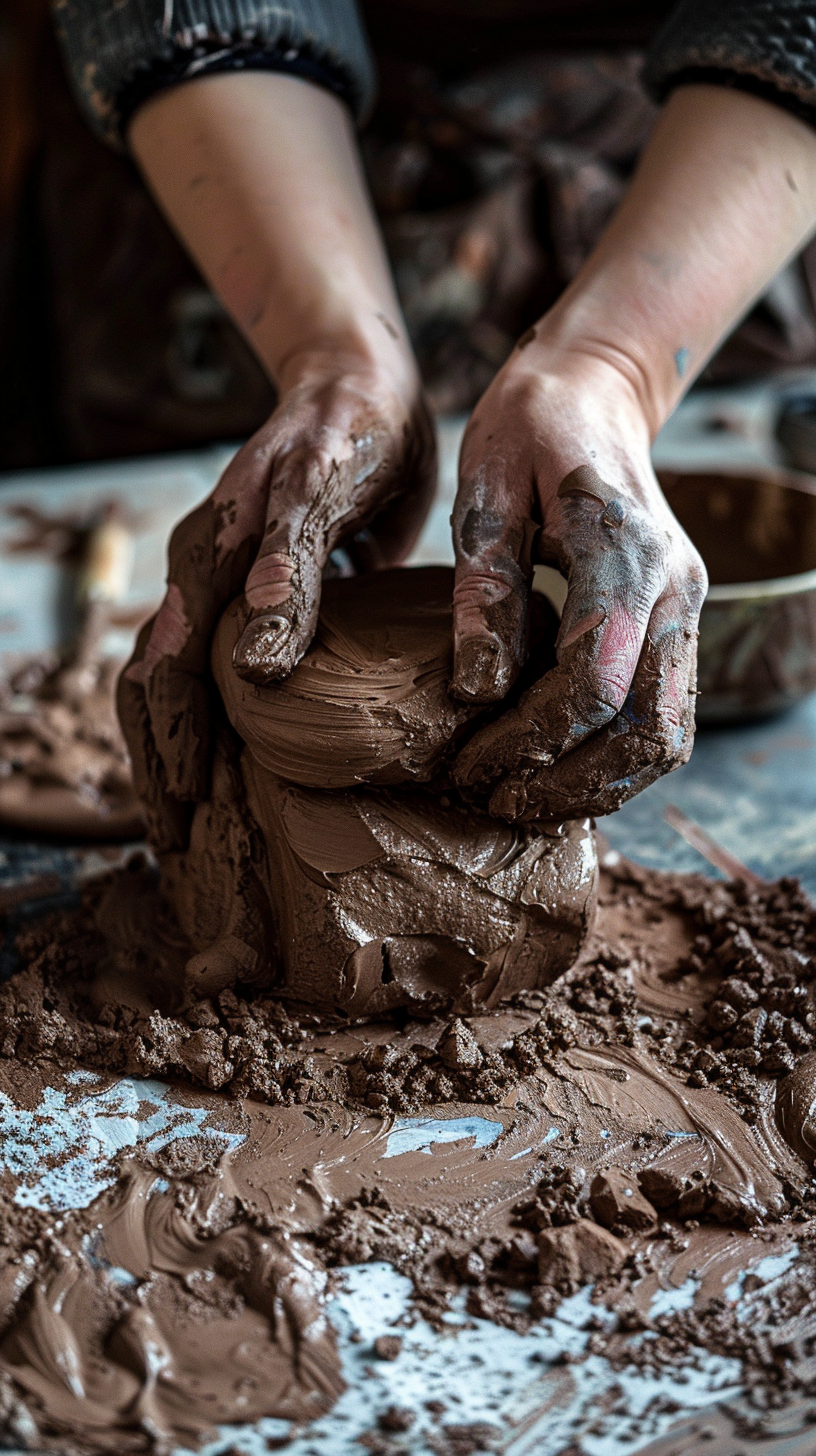Time limited celebration! Get a $10 discount for the entire event, miss it and wait another six months!
Sengaia's family

Hidden in the cup for thousands of years
Ceramic cups carry the temperature of a millennium civilization. The origin of the ancient Silk Road in China began, and ceramic cups were spread overseas with the camel bells of caravans, becoming a witness to cultural exchange between the East and the West. It is not only a practical vessel, but also the crystallization of the wisdom and art of craftsmen.
A cup is a masterpiece that craftsmen have poured their heart and soul into. Every pattern is carefully carved by both hands, and every inch of curvature has been polished and adjusted countless times. After 72 hours of tempering at 1600 degrees Celsius, it is endowed with a hard shell and a warm soul.
Whether it’s a cup of clear tea or a cup of mellow wine, pouring it into this cup seems to add a touch of charm. The delicate texture of ceramics can soften the taste of beverages, making the tea aroma more elegant and the wine more mellow. Holding it in the palm of your hand, feeling the warmth it conveys, as if conversing with craftsmen from thousands of years ago, listening to the echoes of history.
This ceramic cup is not only a vessel, but also a work of art, a reflection of one’s attitude towards life. Using it to serve drinks not only allows you to taste the flavor, but also the cultural heritage and the warmth of craftsmanship.

1:natural clay

2:Making clay

3:Repair type

4:Firing

material
Ceramic cups are made by high-temperature firing of clay and minerals. Clay originates from rock weathering, and as early as 10000 BC, humans used it to make pottery. During the Eastern Han Dynasty, China invented porcelain with a finer and harder texture. Clay has strong plasticity and is hard and durable after high-temperature sintering, while glaze makes the cup smooth and waterproof.
The magic of ceramic cups lies in their millennium durability, high temperature resistance, environmental friendliness and health. They are not only practical vessels, but also carriers of art and culture. From China’s blue and white porcelain to Japan’s wabi sabi style, ceramic cups showcase the perfect combination of craftsmanship and nature. High quality porcelain can even “sound like a bell and be as thin as paper”, reflecting the unique charm of human wisdom and materials.

Ssengaia
Newsletter Updates
Subscribe to receive emails on new product arrivals & special offers
